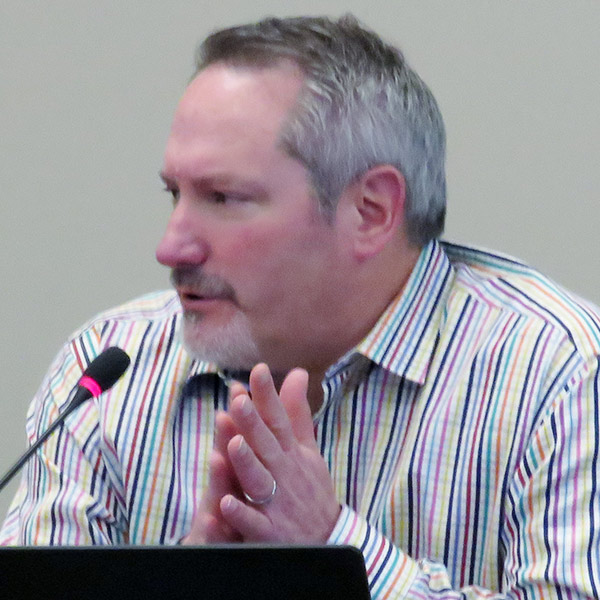By Rich Heidorn Jr.
An analysis by a half-dozen Eastern RTOs and utilities has found no substantial gains from changing how they measure frequency response, according to the standard drafting team considering modifications to BAL-003-1.1 (Project 2017-01).
BAL-003-1.1 (Frequency Response and Frequency Bias Setting) states that a balancing authority typically calculates its frequency response measure (FRM) based on “the change in its net actual interchange (NAI) on its tie lines with its adjacent balancing authorities divided by the change in interconnection frequency.” Some BAs apply corrections to the NAI to account for nonconforming loads.
PJM, MISO, SPP, Ontario IESO, Southern Co. and Duke Energy compared BAL-003 calculations based on NAI with those using net interchange error (NIE) to account for differences between schedules and actual operations.
“The hope was that we would see more of a true frequency response instead of potentially getting an inaccurate response because of different schedule changes,” PJM’s Danielle Croop explained during a drafting team conference call July 11. “Our findings were underwhelming. We did not necessarily see a big difference or a big improvement using the NIE data vs. the NAI. …The initial thought is you’re just shifting the problem and not necessarily fixing the problem.”
Croop said PJM and SPP also looked at their generation data as well as tie line data.
“Unfortunately, we don’t know if that provided good results either, because it’s hard to just measure frequency response over a period of time when you have units doing other things for other reasons like economic dispatch or … regulation. … We haven’t really found anything that we see [as] very promising or improvements from what we have today.”
Tom Pruitt of Duke Energy Carolinas, who said he also looked at generation data, agreed with Croop’s conclusion.
“For the time frame we were looking at, we’ve got a number of other activities occurring that are clouding [the data]. If you’re looking for a simple primary frequency response, it’s going to be difficult to separate that from market activity and other actions that are occurring.”
Drafting team Chairman David Lemmons, of Ethos Energy Group, asked whether the members agreed that measuring load is also not viable.
“Recognize first that the measurement of load for most BAs is actually a calculation of the generation less the ties — it’s a derived value,” responded Pruitt. “It’s not going to be any better than the measurement of ties or interchange error or net generation. If you were capable of measuring individual loads themselves, and get the time synch correct, yeah [you could do it]. But that’s a heck of a lot of work.”
Lemmons said that although the findings were disappointing, they represented progress, nonetheless. “I’m not going to say it’s great news because we’re not seeing a marvelous advancement,” he said. “But it’s at least moving forward with the investigation to determine if there’s something better we could use.”
The team also discussed potential generator requirements in a revised standard.
“Be thinking about what it is you think a generator requirement actually does,” said Lemmons. “Is it a setting just of the governor or is it performance regardless of any other controls in the system? I need to be sure everyone on the team is on the same plane when we post something if we’re going to post it.”
The team will meet in person on July 22-23 at Western Area Power Administration (WAPA) offices in Lakewood, Colo.






